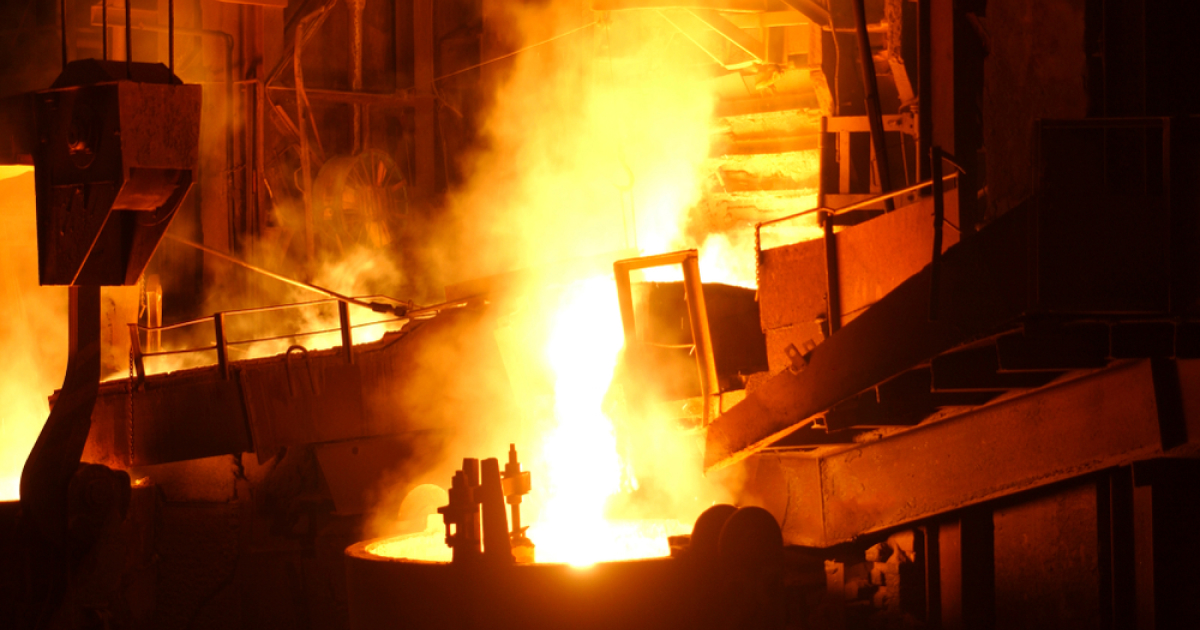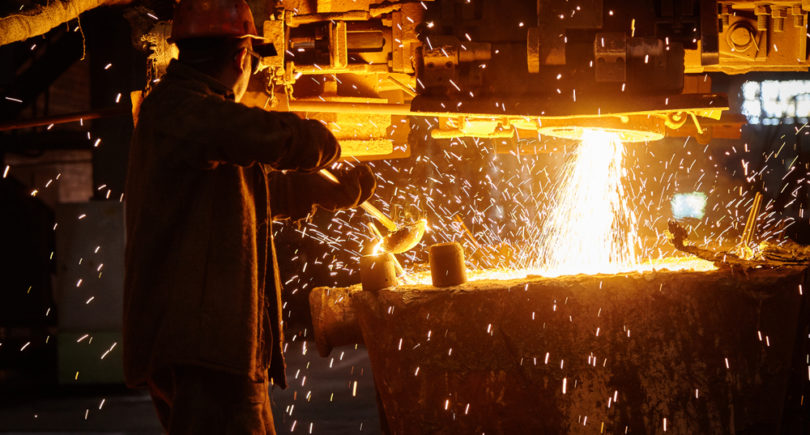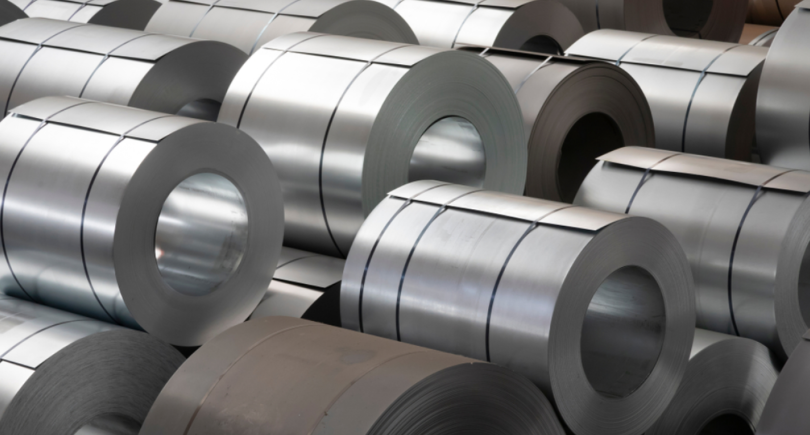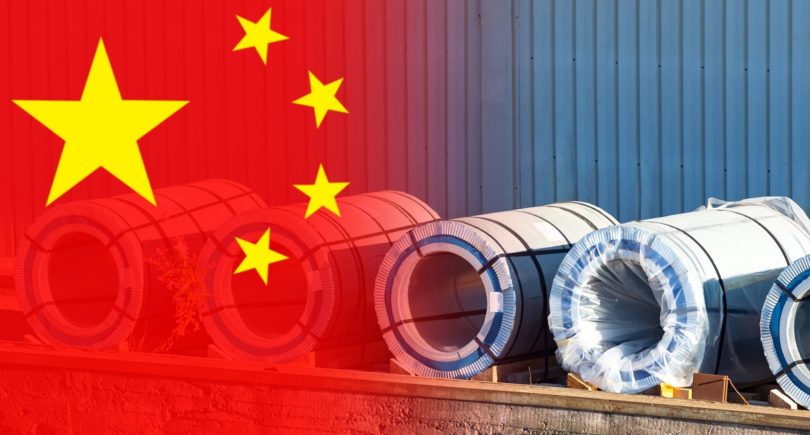
News Global Market OECD 3208 05 April 2024
The dynamics of steel trade in 2023 underwent changes, Chinese exports increased sharply
At a meeting in late March, the Organization for Economic Cooperation and Development (OECD) Steel Committee expressed concern about the risk of escalating trade tensions over steel, according to a statement.
The dynamics of steel trade in 2023 has undergone significant changes. In particular, exports from China increased by 40% compared to the previous year. Chinese exports have approached the peak levels of 2016. This period was characterized by an acute crisis of overcapacity in the steel industry, low profitability and mass layoffs.
The growth in global steel exports to 282 million tons was primarily driven by China, the committee noted. At the same time, several smaller countries, particularly in Southeast Asia, have increased their export positions due to rapid capacity growth that exceeds domestic steel demand. Many other major steelmaking countries have performed less well.
These developments could lead to a wider use of trade remedies at a time when carbon emission reduction measures are already being challenged, and could further fragment the global steel market.
The OECD is stepping up its work on trade policy circumvention, and there was also talk of strengthening cooperation on government strategies for responding to such cases.
Members of the Steel Committee are also working to create a fairer playing field in the global steel market. A new study shows that the use of subsidies per unit of steel capacity in the form of grants increased fivefold in 2025-2021 in non-OECD countries that are not members of the committee. At the same time, subsidies in the form of financing at below-market rates (soft loans) have doubled. This is in stark contrast to OECD economies, where the level of these subsidies has remained stable.
«Current and past subsidies are creating a global overcapacity that has a long-term negative impact on international steel markets,» the report says.
In addition, the issue of a level playing field is important for the decarbonization of the global steel industry. While many companies are shutting down blast furnaces/converters and switching to low-carbon production methods, global blast furnace and converter capacity continues to grow rapidly, often as a result of subsidies.
As GMK Center reported earlier, in the January OECD report, global steelmaking capacity was expected to increase to almost 2.5 billion tons by the end of 2023, marking the fifth consecutive year of growth and outpacing the latest demand forecasts



